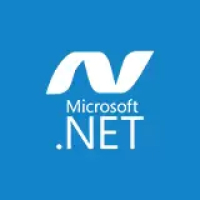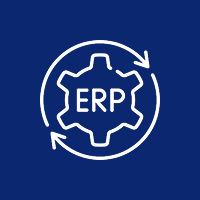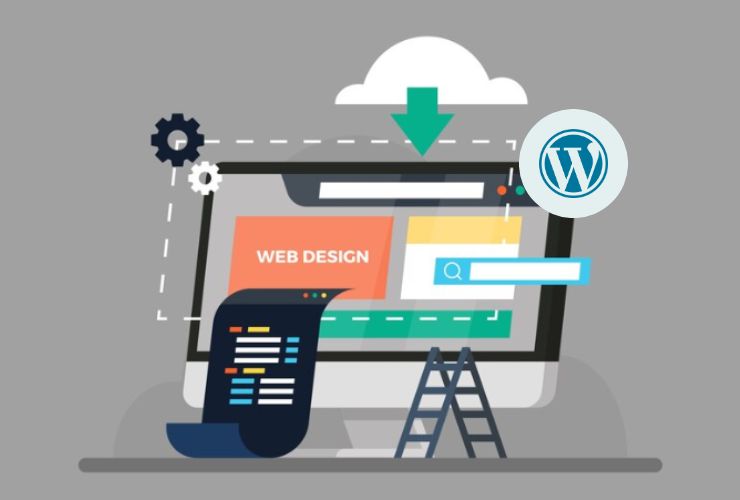In today’s high-speed digital world, sound content management (Kentico Content Management) is not a back-office activity anymore—or even an afterthought as a business imperative. An effective, nimble, and responsive content strategy gets your digital touch points delivering always-relevant and always-compelling experiences.
Kentico as a one-stop digital experience platform (DXP) lets teams create, manage, and publish successful content. But it’s more than knowing the features. Successful deployment is the solution. Let’s explore how to streamline your content management process in Kentico and achieve tangible business results.
1. Structure with the Content Tree and Page Types
Your Kentico content hierarchy is the backbone of your web presence. A logical, well-organized hierarchy means better usability, findability, and content management.
Best Practices:
- Utilize descriptive naming convention for pages and folders.
- Cluster similar pages (e.g., product pages, blog posts) using the relevant Page Types.
- Utilize tagging and categorization to provide search and filtering features.
Pro Tip: Make the content tree as flat as possible for easy navigation—nest only when absolutely necessary.
2. Maximize Efficiency with Page Builder and Widgets
Kentico Xperience Page Builder allows content authors to build rich, dynamic pages without any technical reliance.
Best Practices:
- Preconfigure CTAs, hero banners, and testimonials as reusable widgets.
- Build layout templates so that the design is consistent on your site.
- Make it simple to drag-and-drop content blocks utilizing approved layouts.
Sample: Create a “Product Highlight” widget with image, title, description, and CTA fields that are perfect for use in marketing campaigns.
3. Create Workflows and Version Control
A well-structured content workflow maintains accuracy, accountability, and efficient collaboration by team members.
Best Practices:
- Grant role-based permissions (e.g., writers, reviewers, publishers).
- Utilize content staging and preview modes to pre-validate before live.
- Use notifications for pending or changed work.
Real-World Use Case: Multilingual content is usually produced by big businesses. Assign workflows on a language basis to provide localized correctness.
4. Streamline Media with the Media Library
Media files can slow down site speed or perplex editors if handled incorrectly. Kentico’s Media Library maintains visual harmony and accelerates performance.
Best Practices:
- Utilize folder structures for organization (e.g., Blog Images, Banners, Icons).
- Compress and resize images prior to upload.
- Utilize newer formats such as WebP and SVG because of speed and readability.
Optimization Tip: Utilize TinyPNG or ImageOptim prior to uploading assets to Kentico.
5. Use SEO Best Practices
Kentico provides native functionality to assist with taking your site to the top of search engine results, but it is your strategy that needs to work.
Best Practices:
- Write unique meta titles and descriptions per-page.
- Optimize URL slugs using keyword-related words.
- Apply schema markup and include canonical URLs.
- Keep internal linking to similar pages and categories.
Quick Win: Run Kentico’s 404 report on a regular basis and use the Redirect Manager in order not to lose link equity.
6. Publish Content for Maximum Effect
Timing is everything. Kentico’s scheduling feature allows you to organize promotions and updates without losing important deadlines.
Best Practices:
- Utilize publish and expiration dates for deadline-based campaigns.
- Preview scheduled pages for quality assurance.
- Coordinate with marketing calendars to automate launches.
Automation Tip: Schedule publishing of holiday banners or flash sales during weekends or holidays.
7. Personalize the User Experience
Kentico’s personalization features let you customize content based on user behavior, interest, or demographics.
Best Practices:
- Use visitor segments to display promotions for targeted groups of people.
- Rotate content blocks depending on referral source, device, or browse history.
- Combine with marketing automation to deliver personalized email and workflows.
Example: Display various homepage banners to new visitors versus repeat customers based on behavior tracking.
8. Train Your Stakeholders and Editors
A properly trained team helps to facilitate seamless content processes and avoid mistakes.
Best Practices:
- Make available onboarding materials, checklists, and CMS manuals.
- Schedule periodic new Kentico functionality training sessions.
- Apply style guides to maintain voice, tone, and format consistency.
Tip: Utilize Kentico inline editor help panel to provide inline editor instructions.
9. Test, Audit, and Optimize Ongoing
Don’t let your content become stale. Great digital teams continually improve.
Best Practices:
- Conduct quarterly content audits to delete or update old pages.
- Utilize A/B testing to enhance headlines, CTA locations, and page structure.
- Keep heatmaps and scroll depth to monitor what people do.
Bonus: Leverage Kentico in conjunction with tools like Google Optimize or Hotjar to follow user interactions.
10. Back Up and Secure Your Content
Redundancy and security safeguard your content investment against unforeseen circumstances.
Best Practices:
- Backup regular content automatically on a daily or weekly basis.
- Define user roles and permissions in order to prevent unintentional deletion of content.
- Run restore processes frequently to guarantee business continuity.
Security Tip: Install SSL, activate admin 2FA, and inspect user permissions every month.
Conclusion
Kentico is a content management powerhouse—but its greatest applications are yet to come. By adopting these best practices, your team will be able to automate content workflows, reduce time-to-market, boost SEO, and provide an error-free digital experience to your users.
Effective content management isn’t something you do once—it’s part of a daily regimen. You have the tool in Kentico. Now enable your team, streamline your processes, and build content that generates quantifiable results.
Contact Us Today













 Database Development
Database Development












































